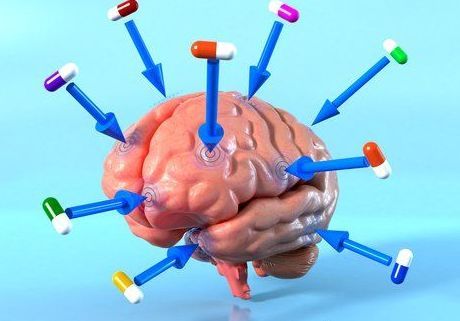New publications
An effective way to eliminate the side effects of drugs is presented
Last reviewed: 01.07.2025

All iLive content is medically reviewed or fact checked to ensure as much factual accuracy as possible.
We have strict sourcing guidelines and only link to reputable media sites, academic research institutions and, whenever possible, medically peer reviewed studies. Note that the numbers in parentheses ([1], [2], etc.) are clickable links to these studies.
If you feel that any of our content is inaccurate, out-of-date, or otherwise questionable, please select it and press Ctrl + Enter.

Dutch researchers have come up with a way to deliver drugs to the site of a patient's illness without causing side effects. They have also created a special camera that shoots at 25 million frames per second, which has made it possible to track this process. There are several ways to take drugs orally, as a result of which the blood delivers them to their destination - inflammation or tumor. But some medications contain substances that can harm other organs. In particular, chemotherapy, while killing cancer cells, also destroys healthy ones. Specialists from the University of Twente set themselves the task of developing a method that would allow orally administered drugs to reach their target without side effects.
One such method involves the use of microscopic bubbles containing a specific drug. The bubbles are injected into the patient's blood and then activated by ultrasound in a specific location in the body, such as a tumor. The bubbles also help ensure that the drug is easily absorbed, as they have the ability to "shoot" small holes in cells.
A limiting factor in this study was the inability to see how the drug was being absorbed, because the process was lightning fast and the bubbles were too small for conventional microscopic examination. Researchers from the Department of Fluid Physics at the University of Twente, together with colleagues from Erasmus University, developed a way to track the absorption process. To do this, they used a Brandaris 128 ultra-fast fluorescence camera, which transformed the tiny images into a clear picture.

"Today, Brandaris 128 is the fastest camera in the world," Michel Versluis, associate professor at the Department of Fluid Physics at the University of Twente, told RBK daily. "The principle of its operation is that the image from the microscope is projected onto a mirror rotating at 20,000 revolutions per second. The reflected image rolls around 128 CCD cameras like a lighthouse light. The interval between each recording by the CCD cameras is more than 40 nanoseconds, that is, 25 million frames per second."
Mr. Ferslais added that in order to be able to see the medicine inside with a laser, it had to be painted. In the future, the specialists want to improve the method in such a way as to create special biochemical stickers that would stick to the diseased cells. Then it would be possible to act more locally, and with the help of Brandaris 128 to watch and control the process.
The scientists note that this method has great potential, although it requires further development.

 [
[